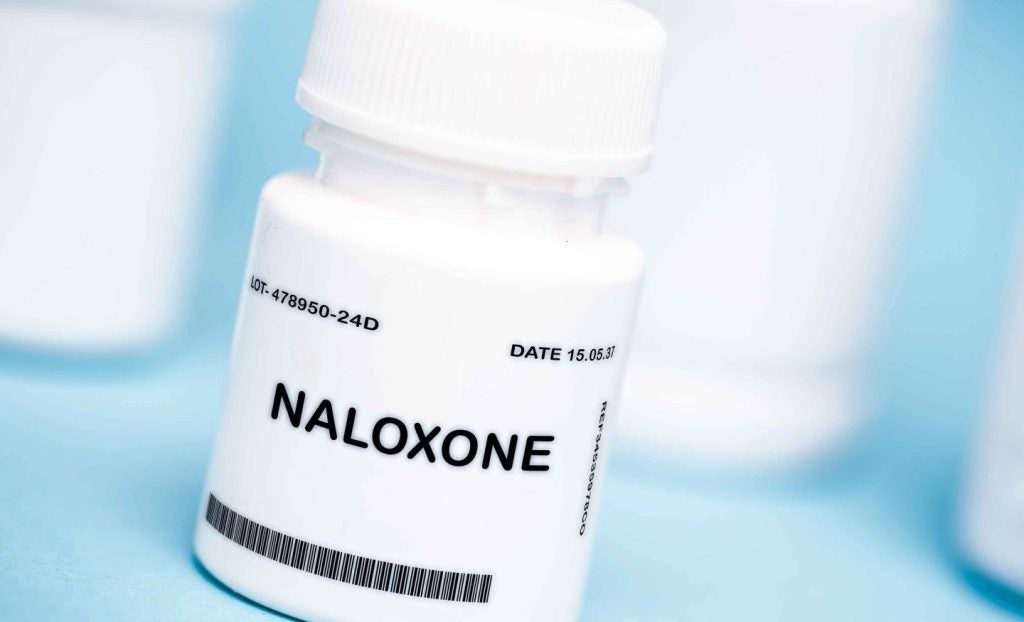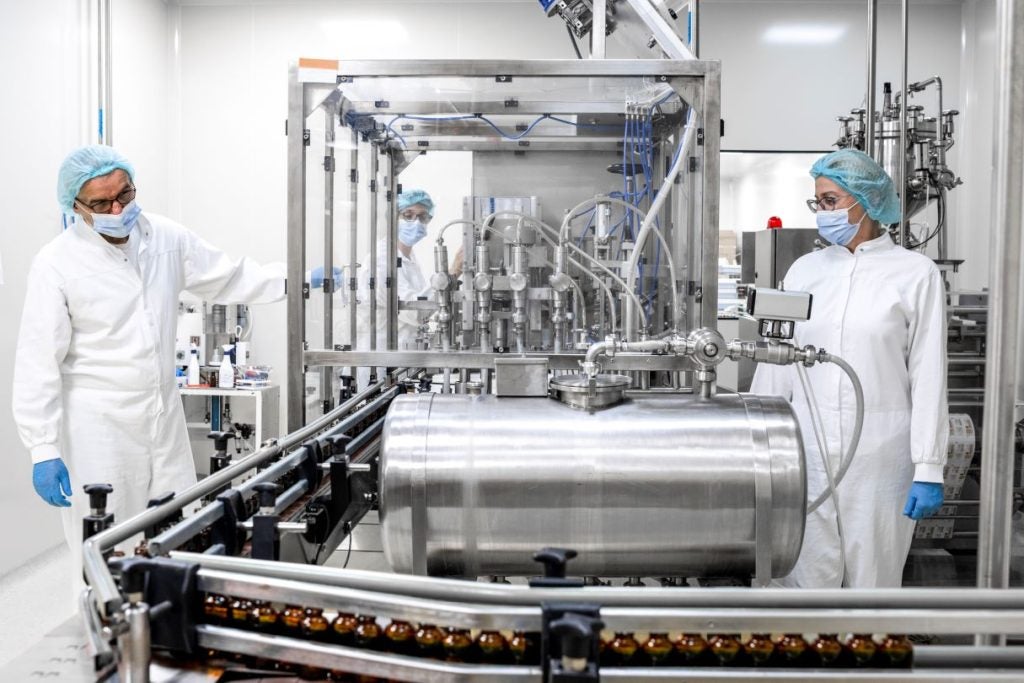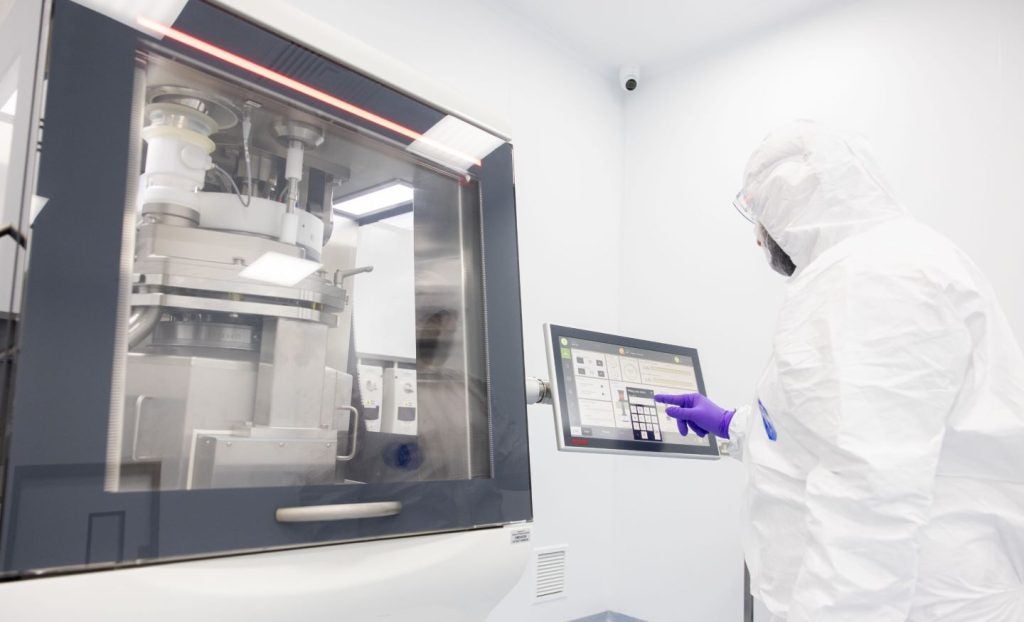The US Food and Drug Administration (FDA) has issued a complete response letter (CRL) to Orexo regarding a new drug application (NDA) for its high-dose naloxone rescue medication, OX124, designed to counteract opioid overdoses.
The company submitted the NDA to the FDA in September 2023.
The US regulator is seeking an additional human factors (HF) study, consistent with prior communications.
Further technical data on the final commercial product was also sought by the FDA, with no additional clinical or non-clinical studies needed.
The company has already conducted a new HF study to comply with the FDA's requirements. However, the request for additional technical data on commercial-scale manufacturing was not anticipated.
Orexo will now work with the FDA to provide the necessary information and aims to resubmit the NDA promptly.
The FDA's review following resubmission could take up to six months.
Orexo states that the technical data required by the FDA was generated during pilot-scale production and included in the initial NDA.
However, the FDA has sought data from established commercial-scale manufacturing.
Once approved, OX124 is expected to address the need for medications and higher naloxone dosages, especially due to the prevalence of synthetic opioids such as fentanyl, which are implicated in 92% of all fatal opioid overdoses.
OX124’s formulation is designed for quick absorption and increased bioavailability, to reverse the effects of synthetic opioid overdose.
Orexo president and CEO Nikolaj Sørensen stated: “I am impressed by the vigour and agility of the teams in Sweden and the US in addressing the FDA’s concerns from April regarding the instructions for use and our ability to complete a new human factors study shortly. However, I am surprised by the agency´s other requests with regard to additional technical data from the final commercial product, but confident we can address this efficiently.
“We remain confident that our powerful life-saving medication, OX124, can contribute to reducing the steep number of Americans who die from overdoses caused by the increasingly prevalent synthetic opioids.”















